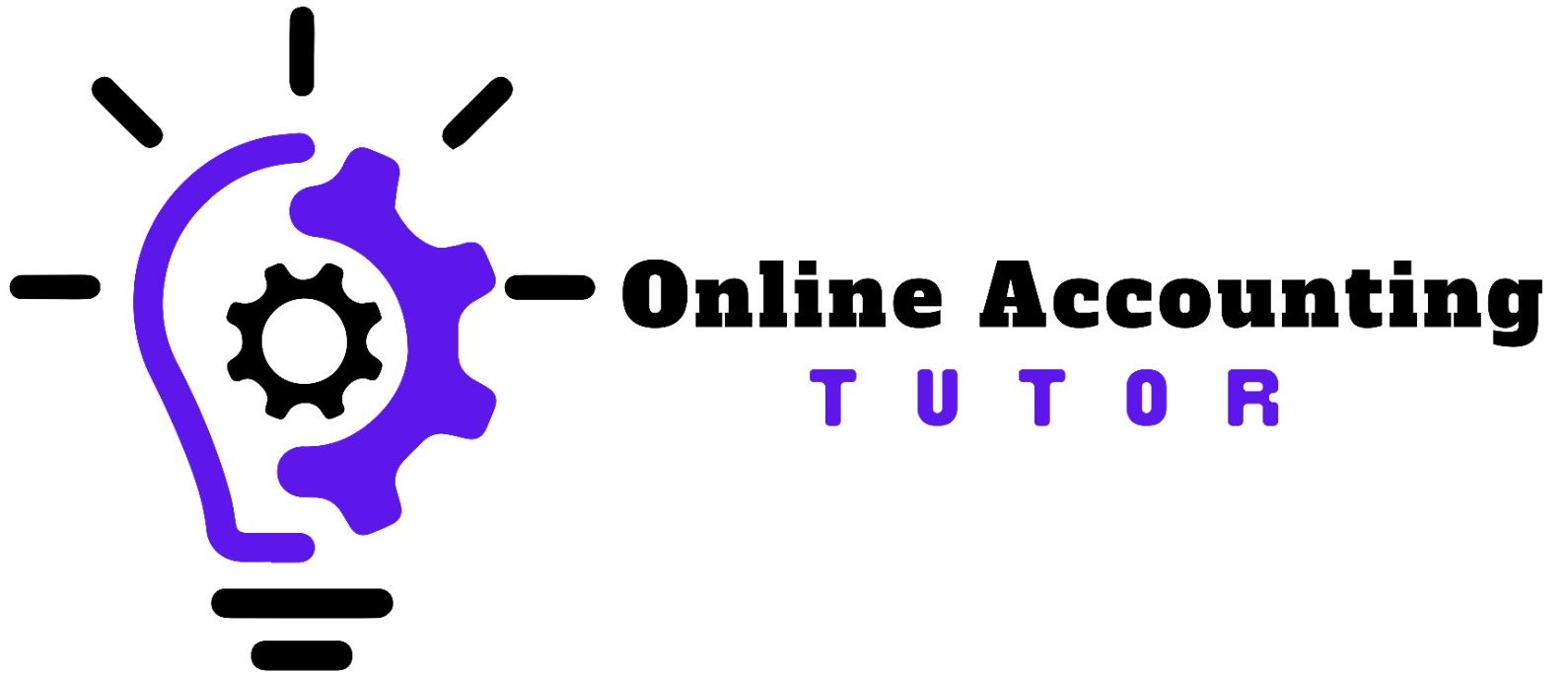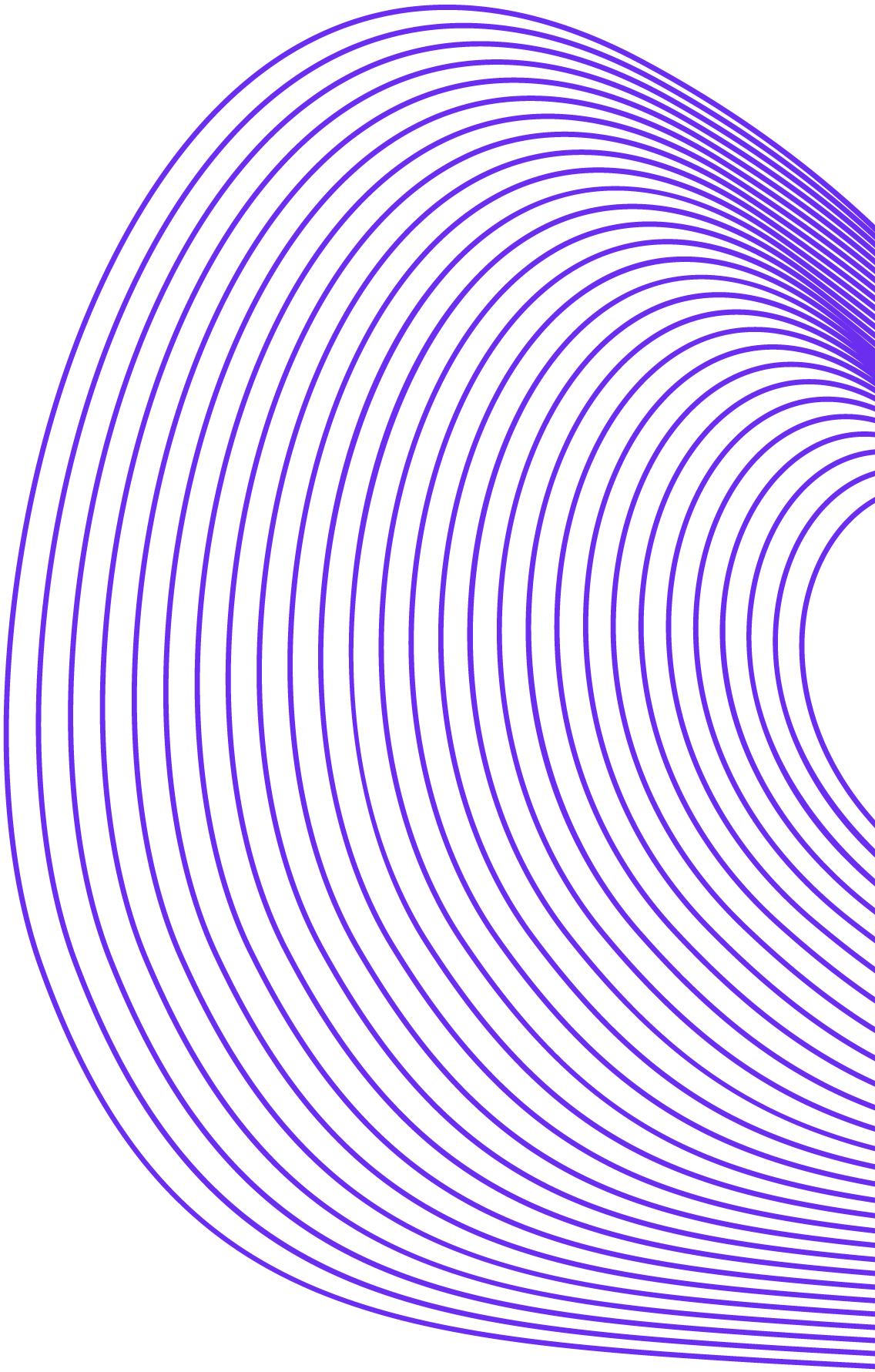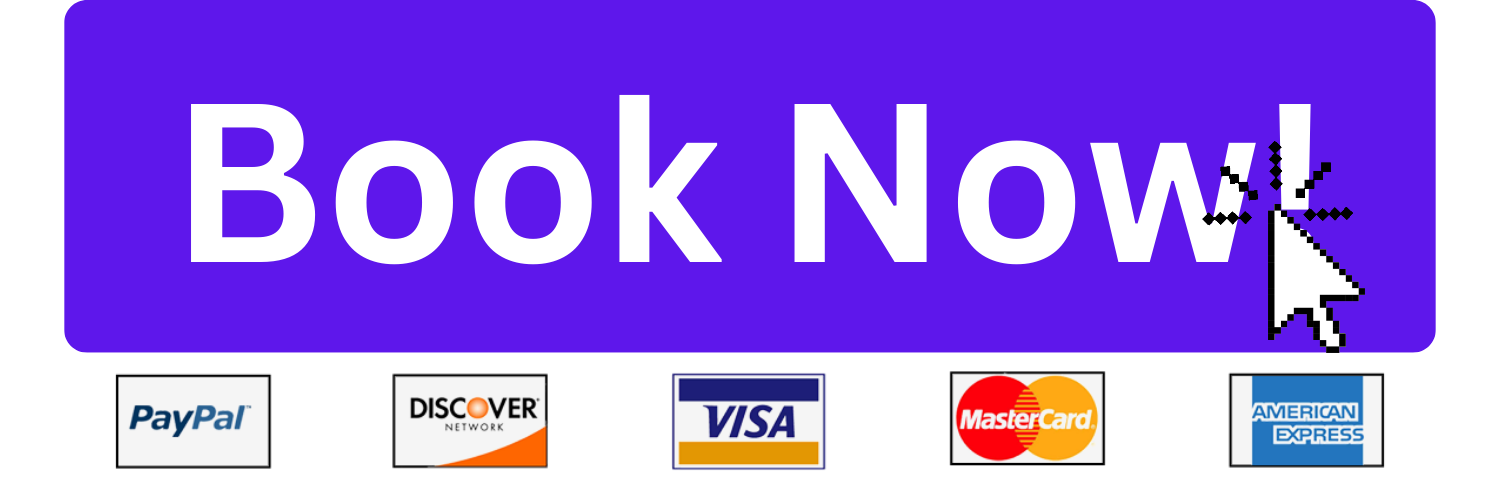The accounting cycle is a fundamental process in managing both business and personal finances. It’s a structured approach to recording and analyzing financial transactions to produce accurate financial statements. This guide simplifies the accounting cycle concept, employing examples and tabulated data to make it more accessible to those without a background in accounting.
The Steps of the Accounting Cycle
The accounting cycle consists of several sequential steps, each playing a critical role in ensuring the accuracy and reliability of financial records.
1. Identifying Transactions
Explanation: The cycle begins with the identification of financial transactions.
Example: Purchasing supplies for $500 is a transaction that needs to be recorded.
2. Recording Transactions in a Journal
Explanation: Each transaction is recorded in chronological order in a journal, often referred to as the book of original entries.
Example:
| Date | Description | Debit | Credit |
|---|---|---|---|
| Jan 5 | Supplies | $500 | – |
| Jan 5 | Cash | – | $500 |
This entry shows that supplies were purchased for $500, reducing the cash balance by the same amount.
3. Posting to the Ledger
Explanation: Information from the journal is then posted to the general ledger, where all transactions are categorized.
Example:
| Account | Debit | Credit |
|---|---|---|
| Supplies | $500 | – |
| Cash | – | $500 |
Here, $500 is debited to the Supplies account and credited from the Cash account.
4. Preparing a Trial Balance
Explanation: A trial balance is prepared to ensure that debits equal credits.
Example:
| Account | Debit | Credit |
|---|---|---|
| Supplies | $500 | – |
| Cash | – | $500 |
| Total | $500 | $500 |
The trial balance shows that the accounts are in balance.
5. Making Adjusting Entries
Explanation: Adjusting entries are made for accruals and deferrals that haven’t been recorded.
Example:
| Account | Debit | Credit |
|---|---|---|
| Supplies Expense | $100 | – |
| Supplies | – | $100 |
This entry adjusts the Supplies account for the amount used.
6. Preparing Financial Statements
Explanation: Using the adjusted trial balance, financial statements like the income statement and balance sheet are prepared.
Example:
Income Statement
| Account | Amount |
|---|---|
| Revenue | $2,000 |
| Expenses | $600 |
| Net Income | $1,400 |
Balance Sheet
| Account | Amount |
|---|---|
| Assets | $5,000 |
| Liabilities | $2,000 |
| Equity | $3,000 |
7. Closing the Books
Explanation: At the end of the accounting period, temporary accounts are closed to prepare for the next period.
Example:
| Account | Debit | Credit |
|---|---|---|
| Revenue | $2,000 | – |
| Expense | – | $600 |
| Income Summary | $1,400 | – |
This resets the revenue and expense accounts for the new period.
Conclusion
Understanding the accounting cycle is crucial for maintaining the financial health of your business or personal finances. By following these structured steps, you can ensure that financial records are accurate and complete, providing a solid foundation for financial decision-making. Whether you’re running a small business, managing an organization’s finances, or just keeping track of personal expenses, mastering the accounting cycle is a valuable skill that will serve you well in maintaining economic stability and growth.
"Are you tired of struggling in accounting class? Let us make accounting easy and enjoyable for you."







